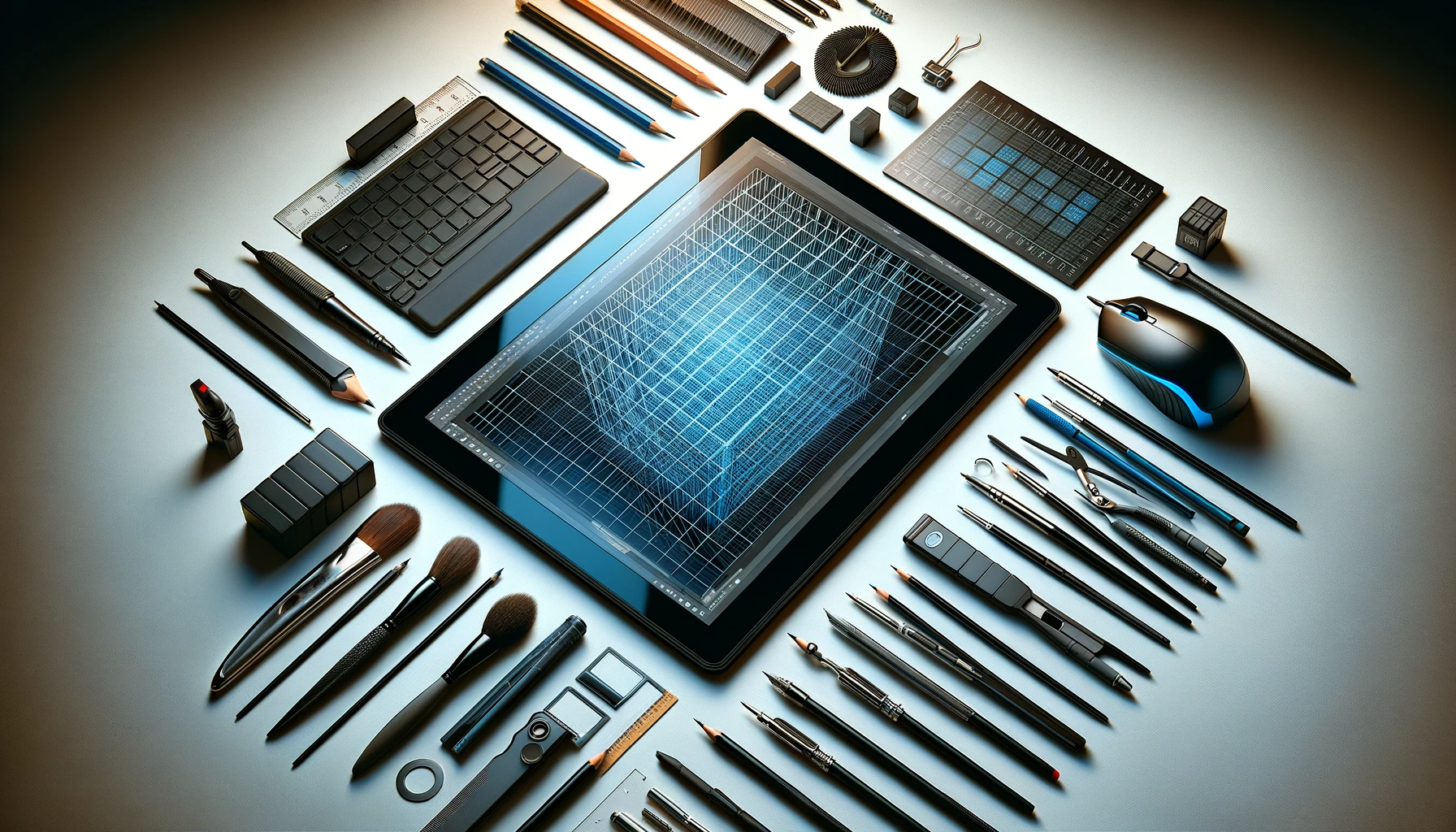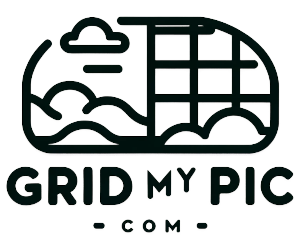Advancing Your Skills with the Grid Technique
In our previous post, we navigated through the basics of the grid technique, a time-tested method that introduces structure to the drawing or painting process, ensuring accuracy and proportionality in your artwork. As you get more comfortable with the grid technique, you may want to explore further to refine your skills and take on more complex projects. This post aims to delve deeper, offering advanced tips and alternative approaches to the grid technique that can help elevate your artistry.

Enhancing Precision with Sub-Grids
The standard grid technique helps break down an image into manageable squares for easier replication. However, when dealing with more intricate designs or finer details, subdividing each grid square into smaller grids can provide an additional layer of guidance. This sub-grid method allows for an even more precise transfer of intricate details from your reference image to your canvas.
How to Create Sub-Grids:
- Select a square from your primary grid that encompasses intricate or detailed portions of your reference image.
- Subdivide this square into smaller squares, creating a sub-grid. The number of subdivisions would depend on the level of detail present.
- Transfer the details from each sub-grid square onto the corresponding area on your canvas, ensuring that you maintain proportion and alignment.
Exploring Different Grid Shapes
While squares are the most common shape used in grid techniques, experimenting with different grid shapes like triangles or hexagons can offer a fresh perspective and new challenges. Different shapes may suit different types of images or artistic styles, and exploring these can enhance your adaptability and creativity.
Steps to Experimenting with Different Grid Shapes:
- Choose a grid shape that you find intriguing or that aligns with the geometry of your reference image.
- Overlay your chosen grid shape onto your reference image using a digital tool or by hand.
- Transfer the grid onto your canvas, and begin replicating the image section by section, according to the shapes in your grid.
Utilizing Digital Tools for Grid Creation
We mentioned gridmypic.com for overlaying a grid on your reference image. As you advance, you might want to explore other digital tools and apps that offer more features. Tools like Procreate or Adobe Photoshop provide advanced grid and guiding options, allowing for more customized grid layouts, color-coded grids, and even different grid shapes.
Exploring the Freehand Grid Technique
For a more organic approach, try the freehand grid technique. Instead of using a tool to create a precise grid, draw your grid freehand. This method promotes a more intuitive connection between you and your artwork, though it may require a steadier hand and a keen eye for proportion.
Conclusion
The grid technique is not a rigid framework but a flexible tool that adapts to your needs as an artist. As you grow more proficient, exploring advanced methods and alternative approaches to the grid technique will not only refine your skills but also open doors to new artistic possibilities. Your journey in mastering the grid technique is a rewarding endeavor that continually unfolds with every project. Embrace the learning curve, experiment with new methods, and most importantly, enjoy the process of creating.
